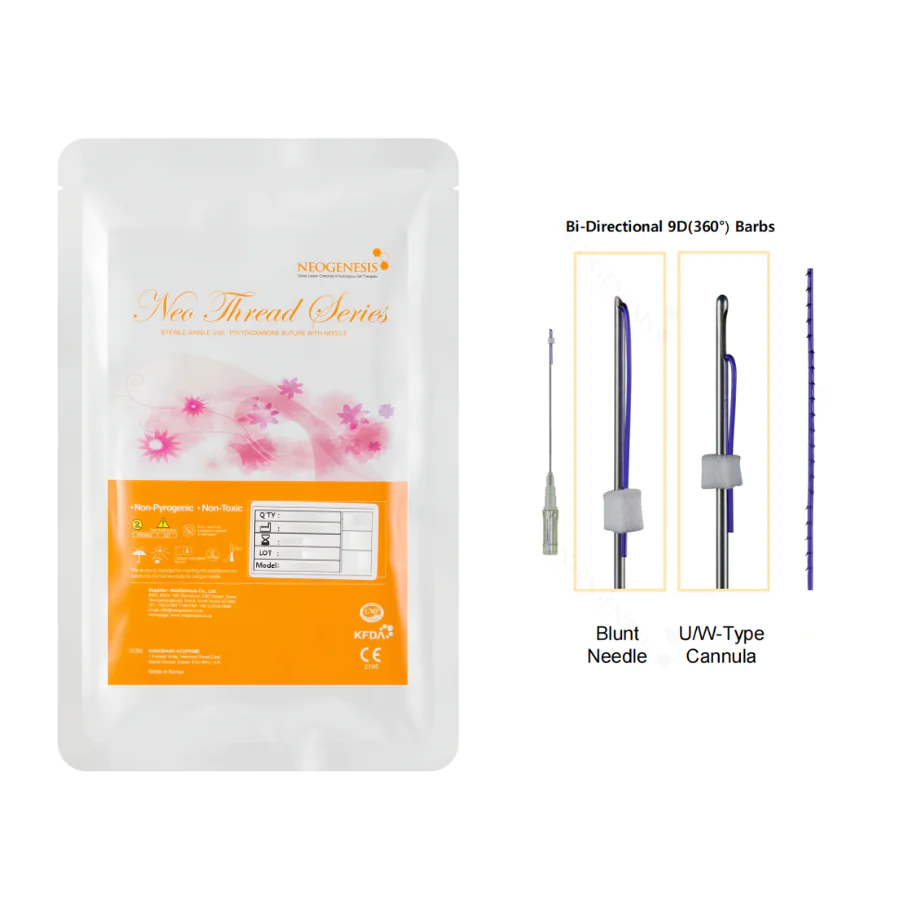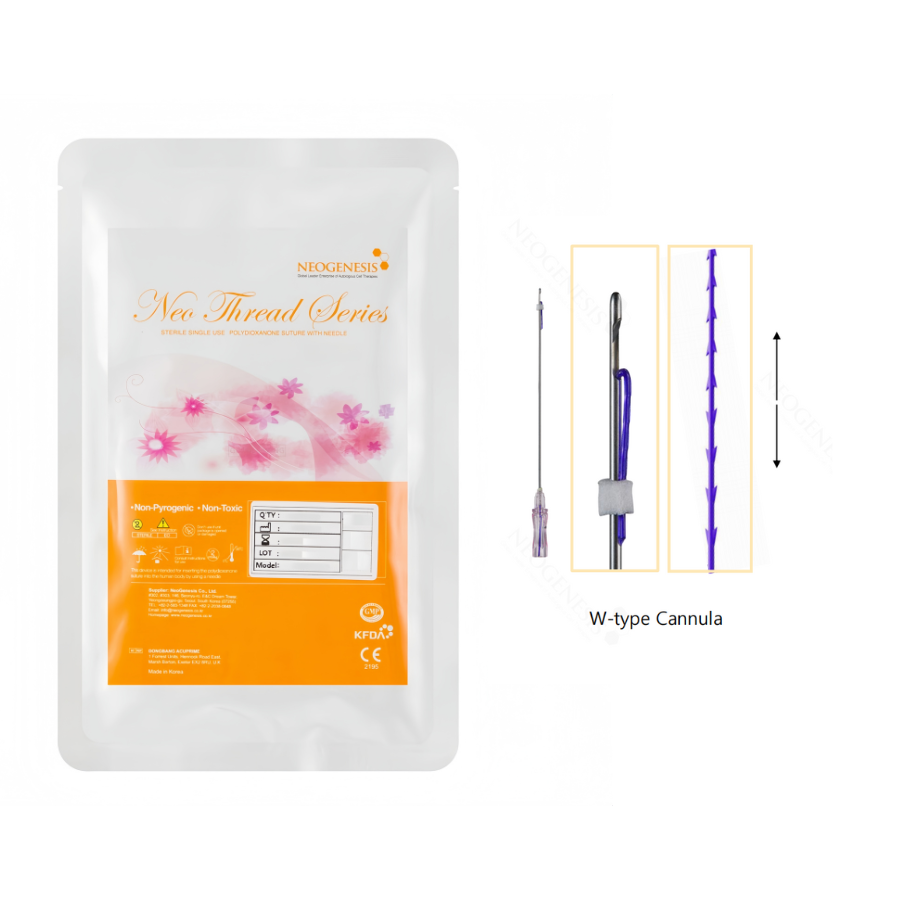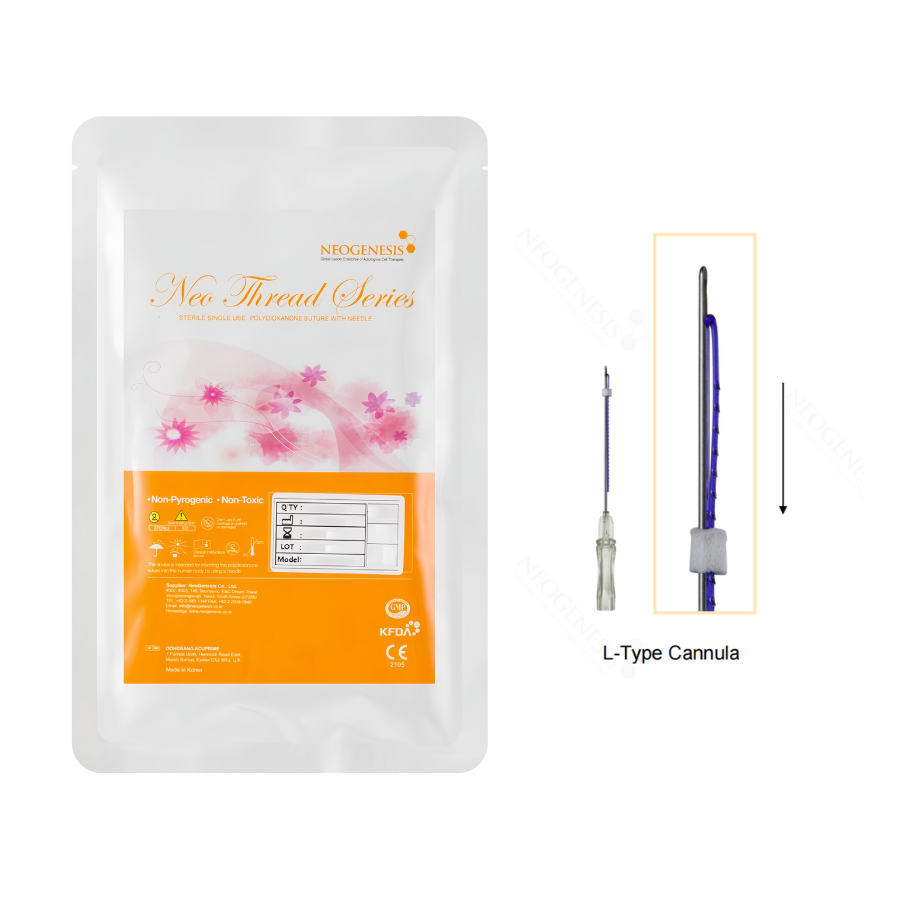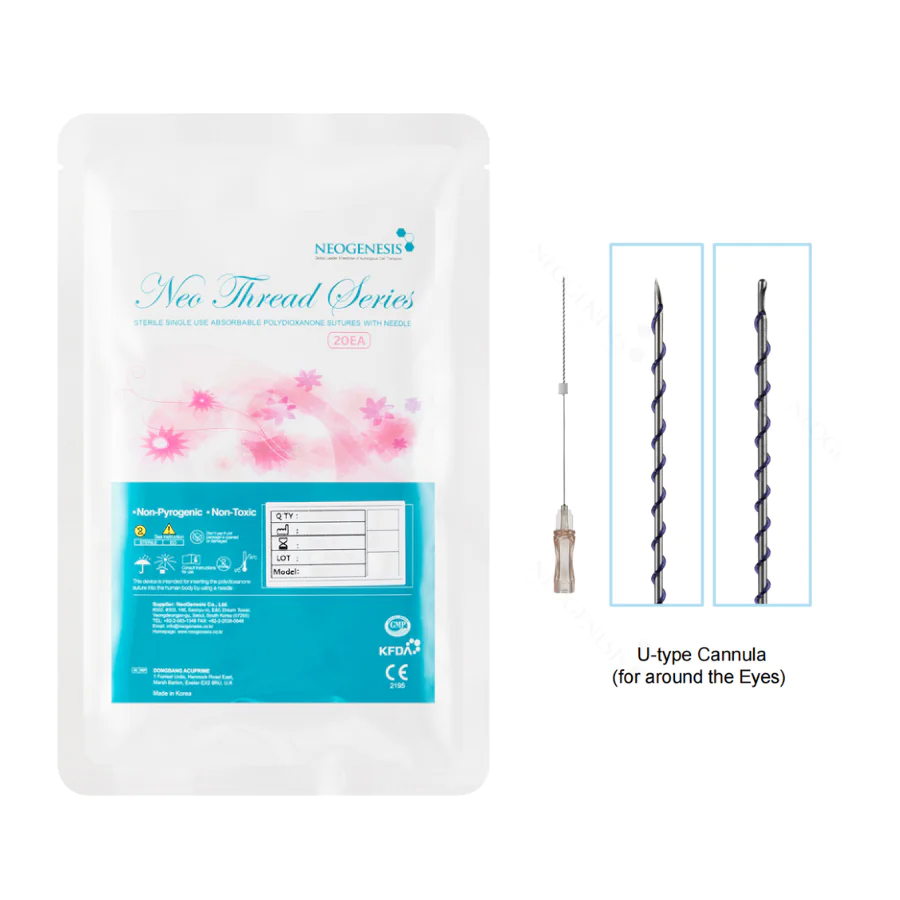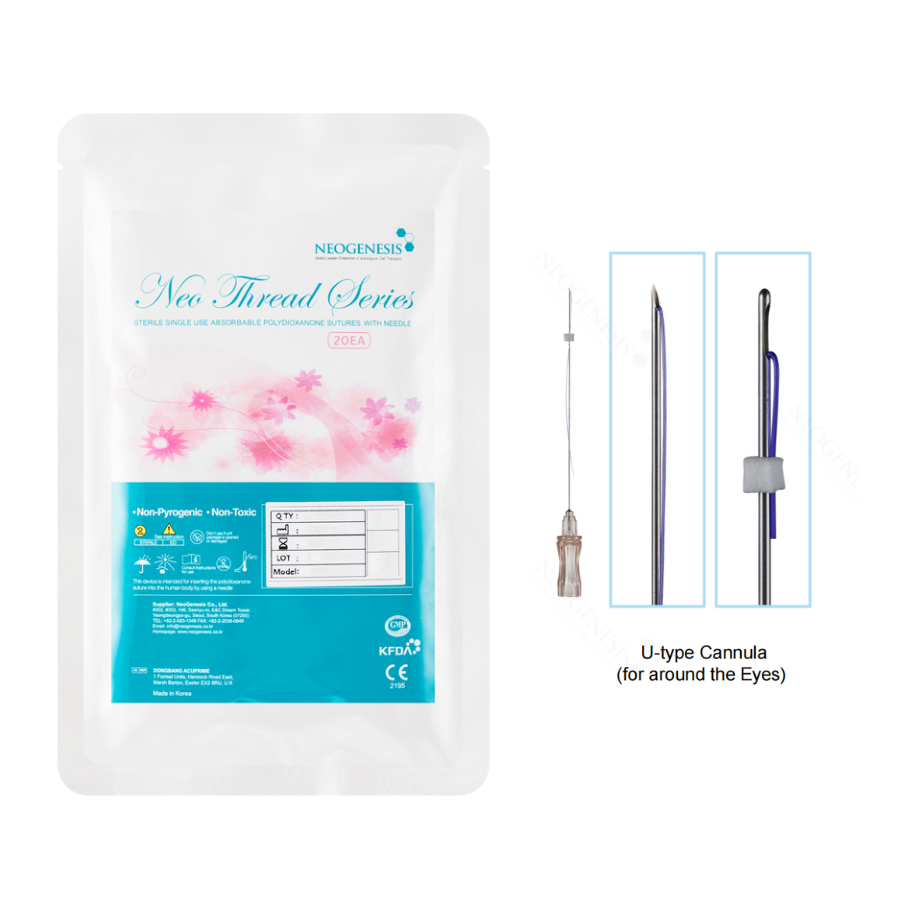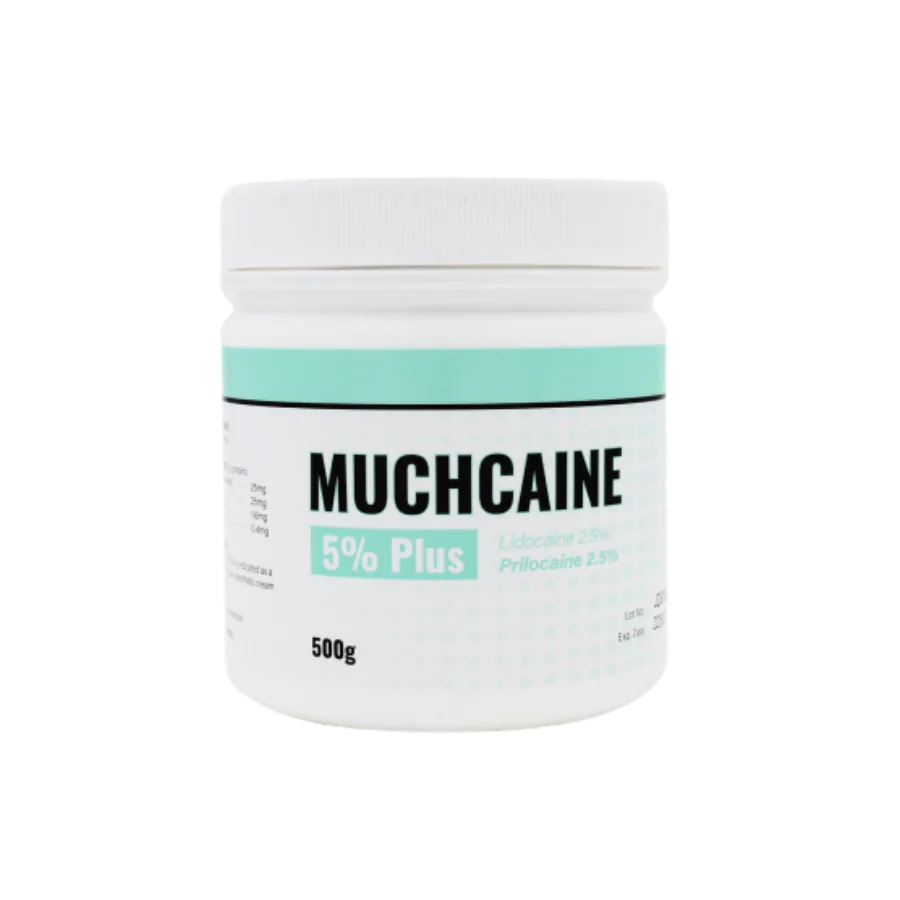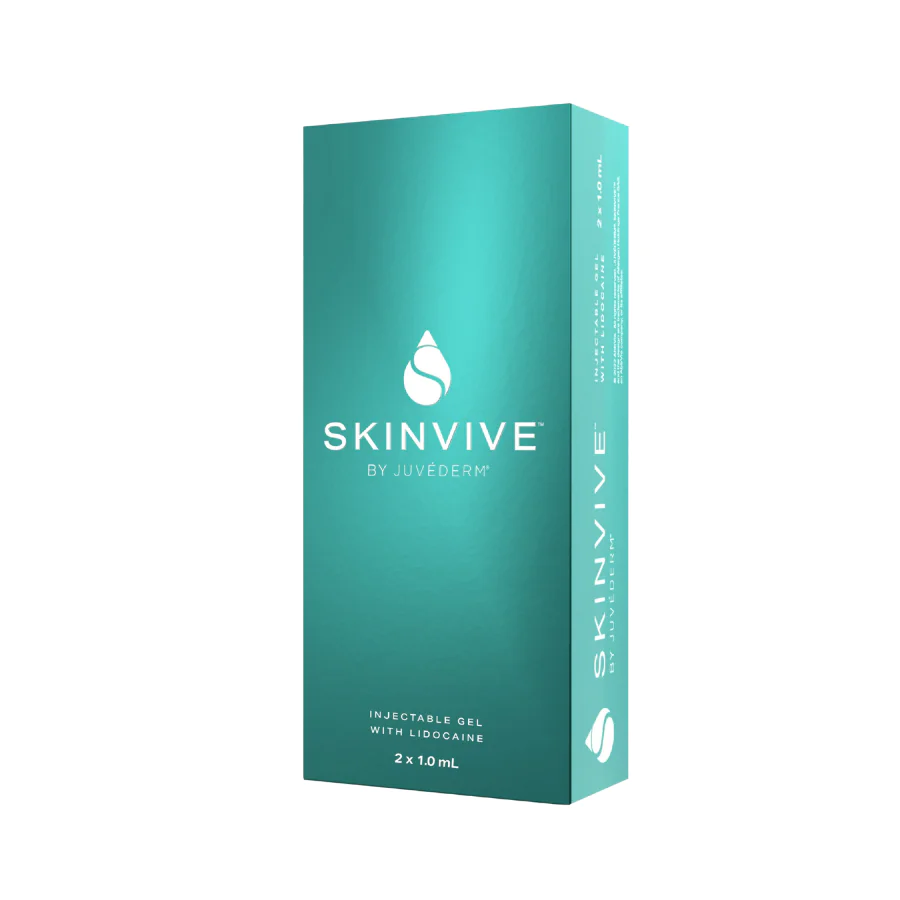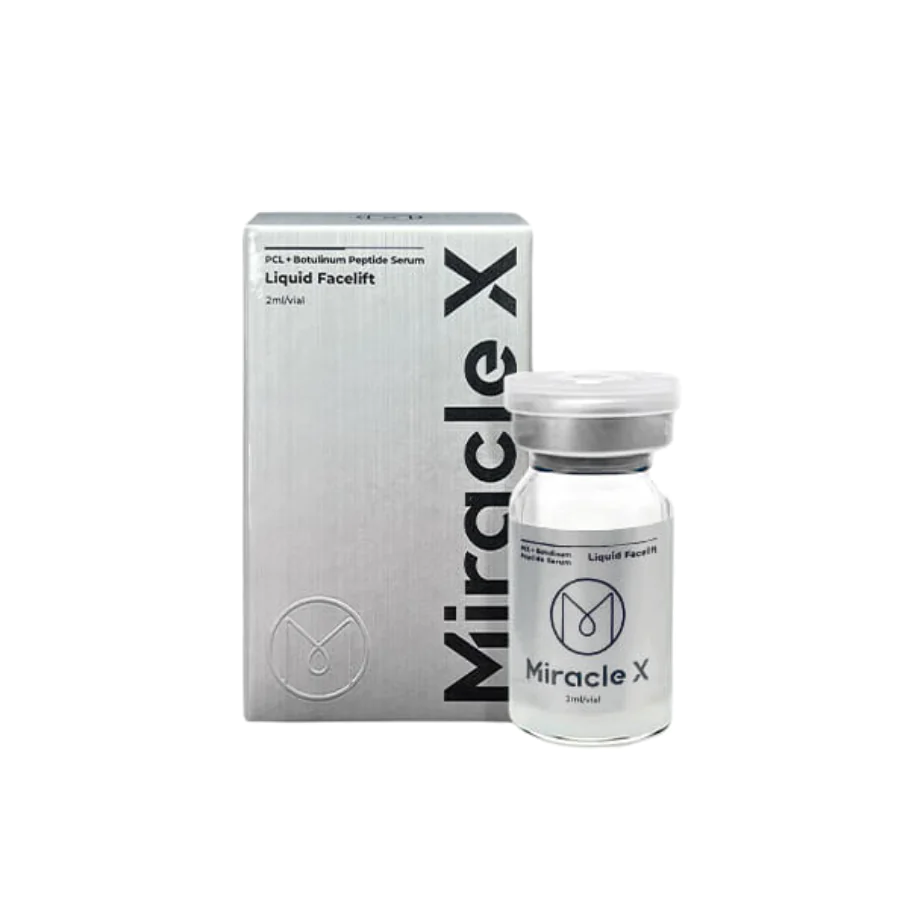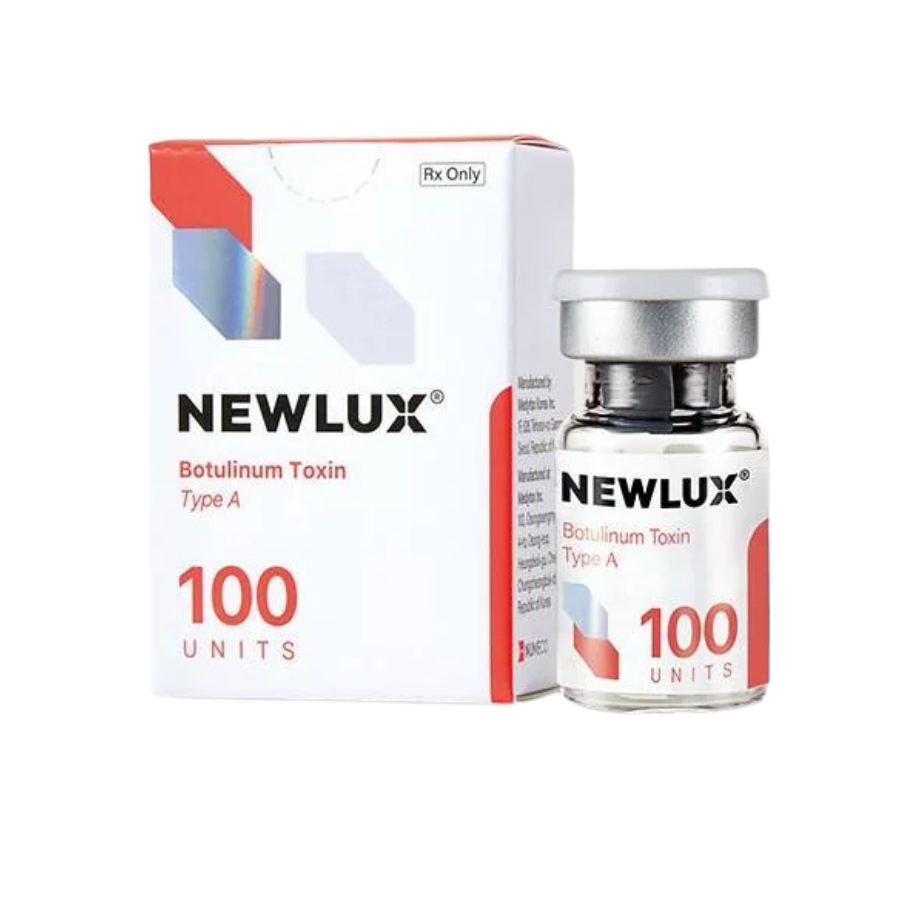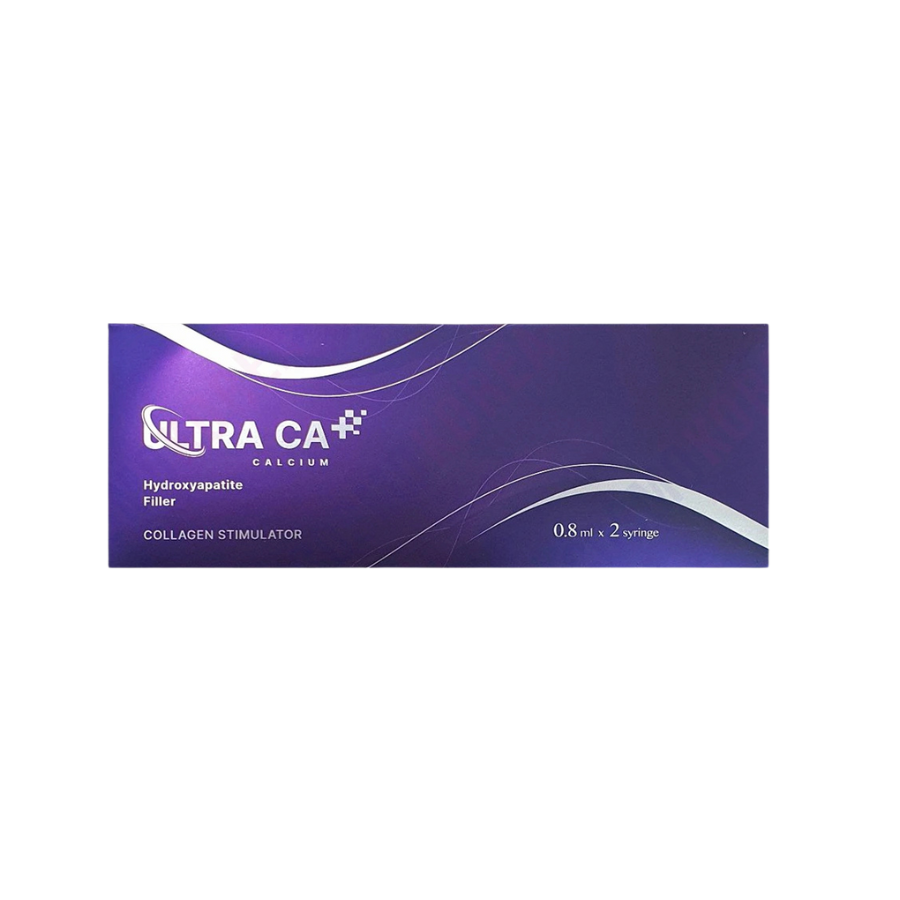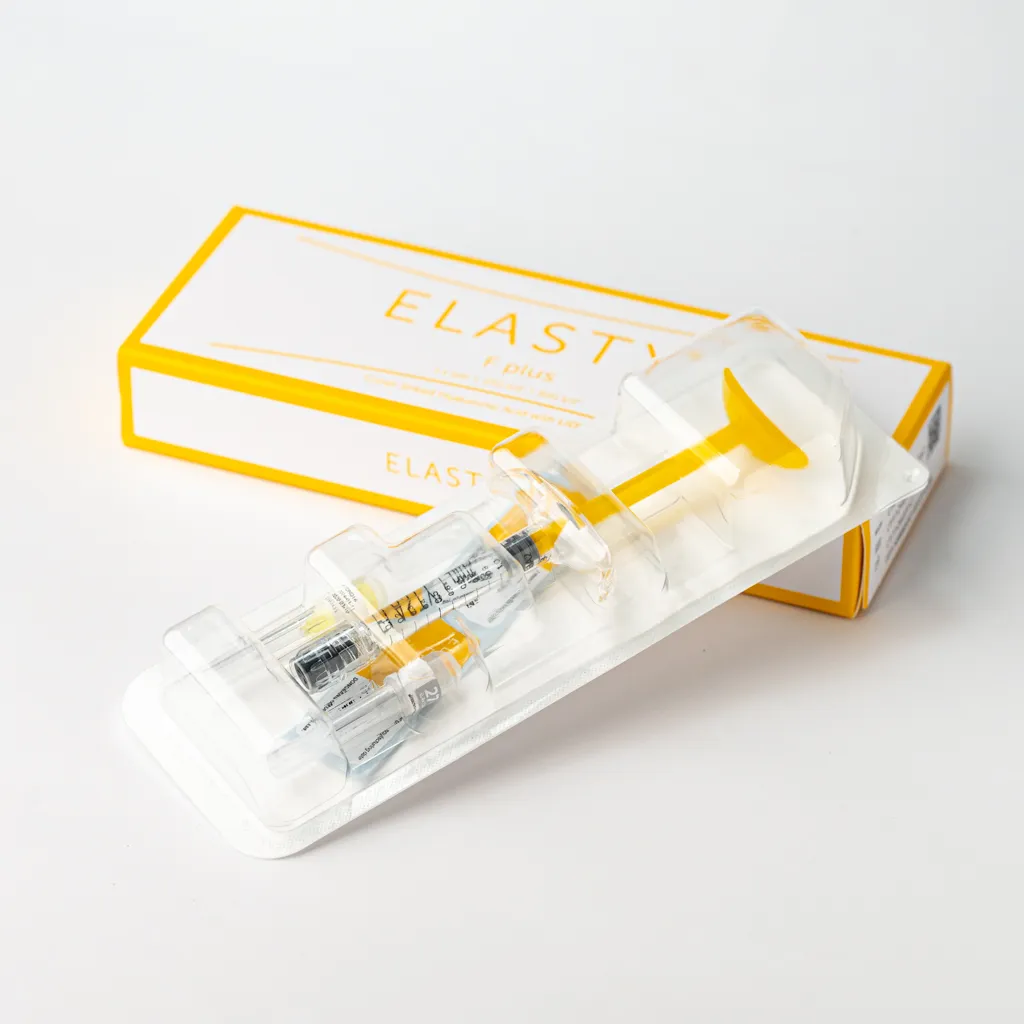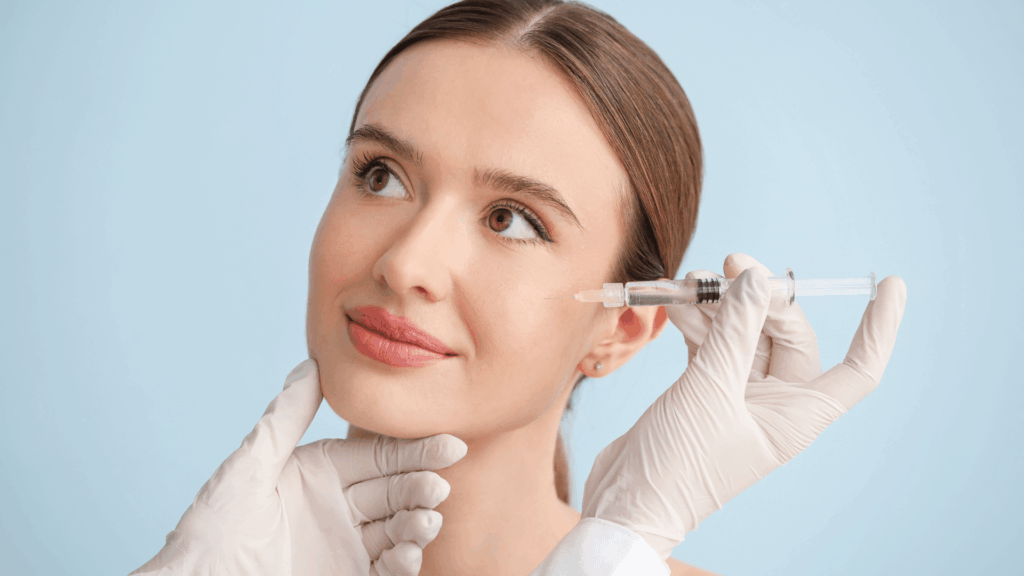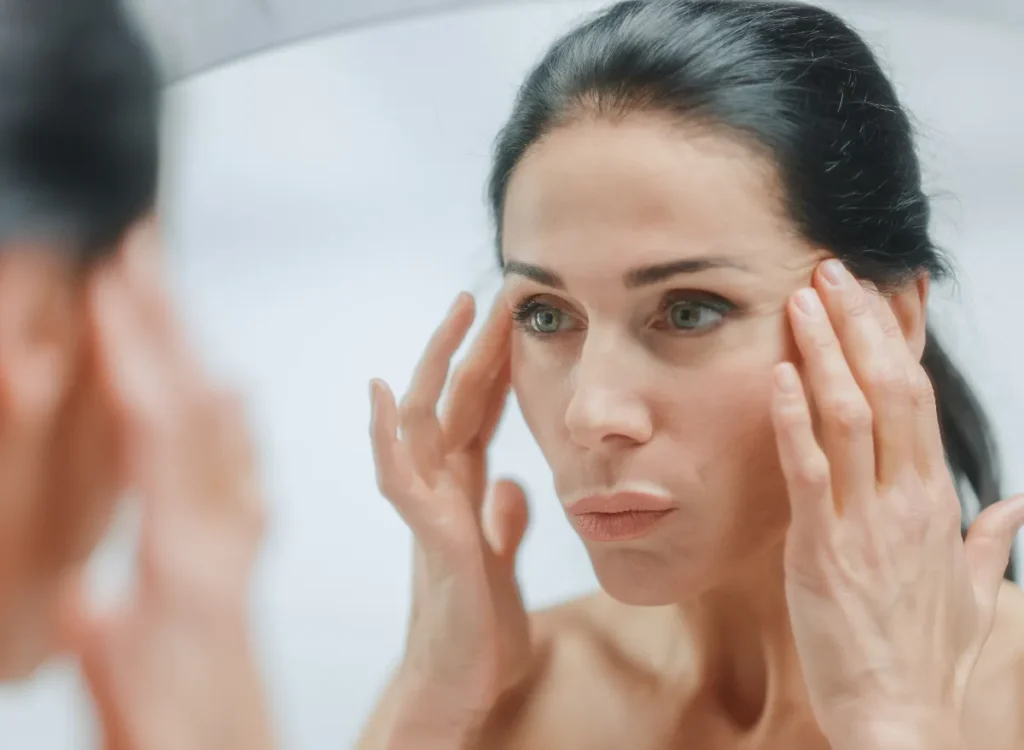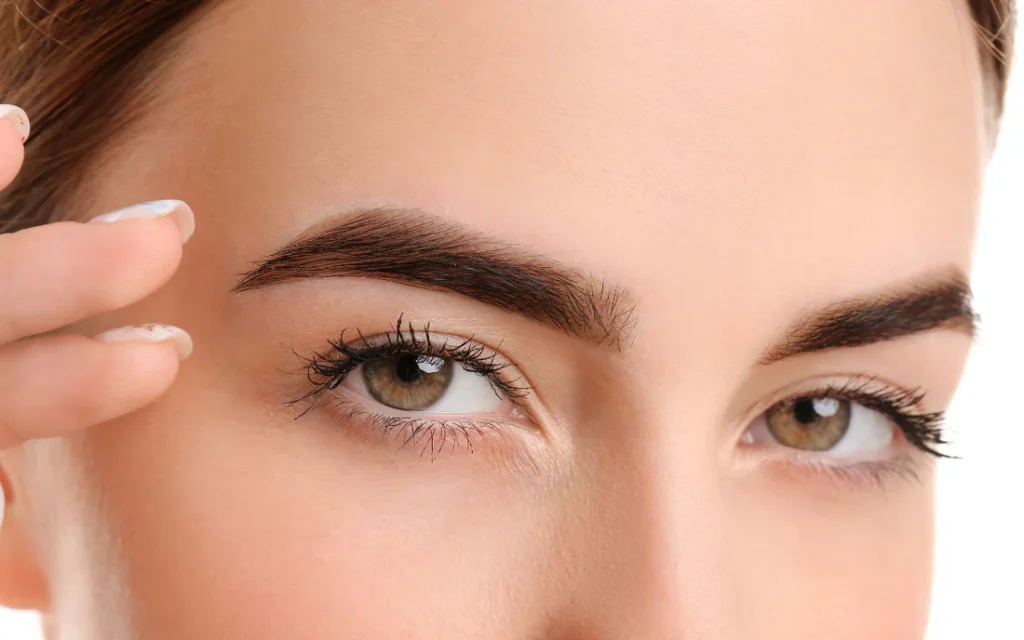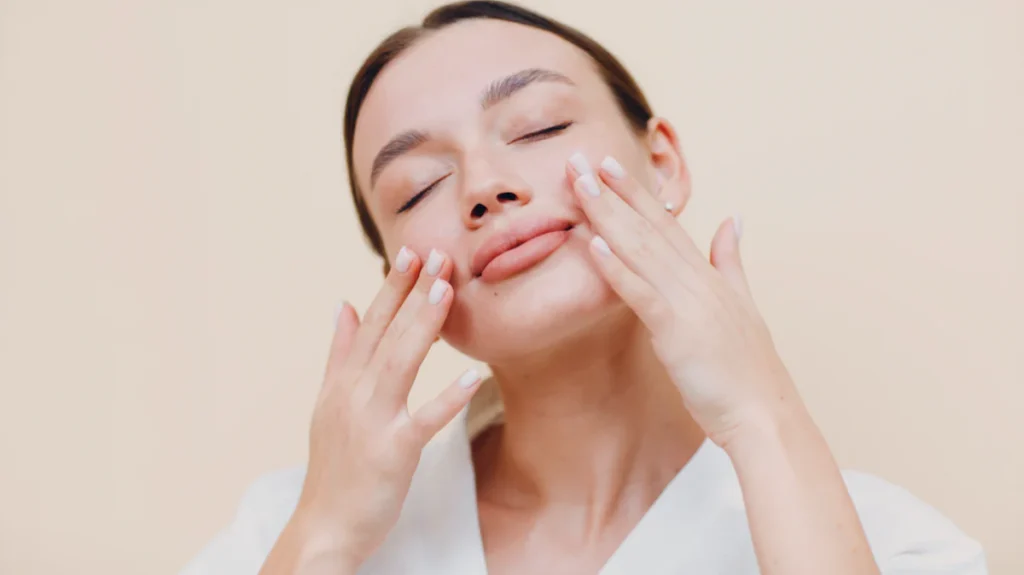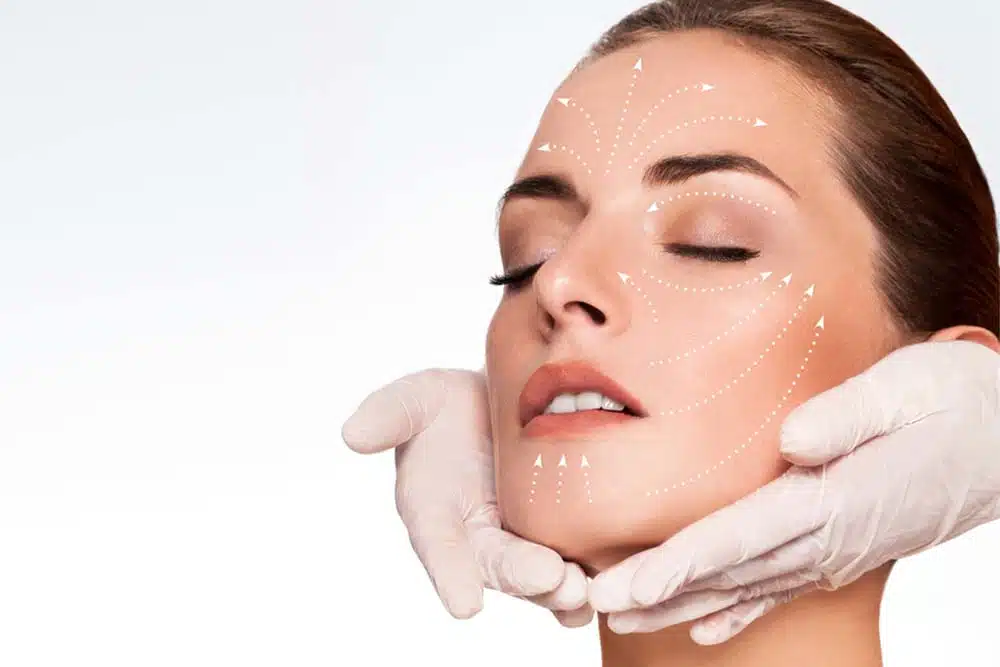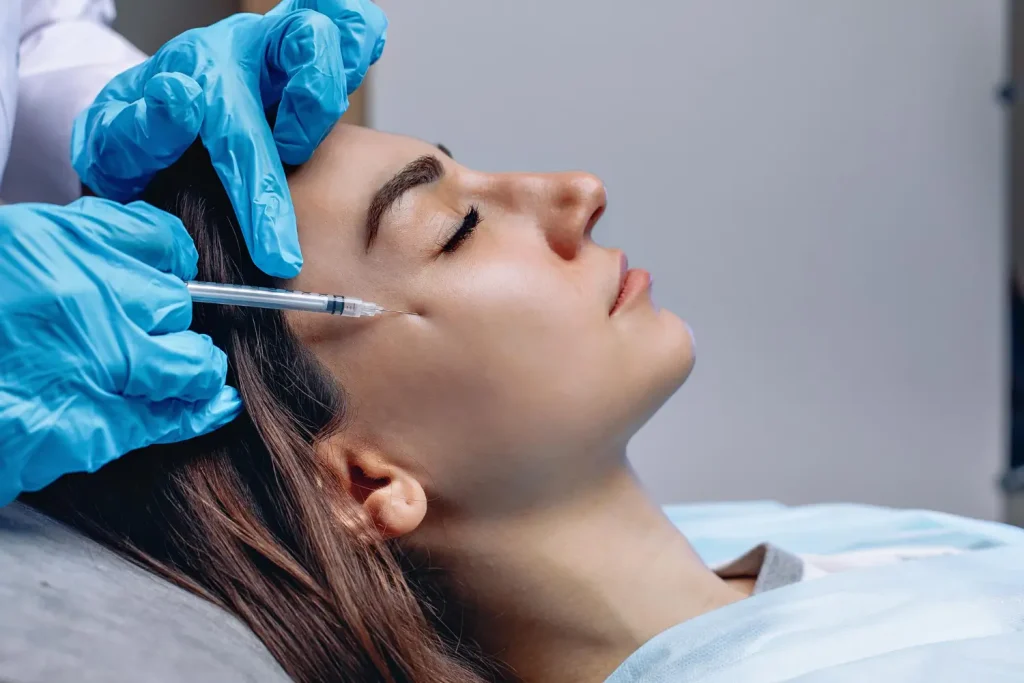Did you know that dermal fillers can last 6–24 months, depending on the type and aftercare? To help you extend their results naturally, we’ve gathered three proven tips—from hydration to facial massage—backed by experts. Keep reading to maximize your filler’s longevity without extra costs.
Table of Contents
ToggleHydrate Inside & Out for Plumper Skin
Dermal fillers work by adding volume beneath the skin, but their longevity depends heavily on how well your skin retains moisture. Hydration is the simplest yet most overlooked factor in making fillers last longer. Studies show that well-hydrated skin can enhance filler results by up to 30%, keeping the treated areas looking smooth and natural for months. When skin is dehydrated, it loses elasticity, making filler effects appear less defined over time.
The key? Hydrate from the inside with water-rich foods and electrolytes, and lock in moisture externally with the right skincare. Many people assume drinking water alone is enough, but research suggests that hyaluronic acid (HA) fillers—like Juvederm and Restylane—bind best to hydrated tissues, meaning both internal and external hydration play a role. Let’s dive into the best ways to keep your skin plump and your fillers fresh.
Why Hydration Matters for Filler Longevity
Dermal fillers, especially hyaluronic acid-based ones, thrive in a moist environment. HA naturally attracts and holds water—up to 1,000 times its weight—so when your skin is dehydrated, the filler has less support and may break down faster. A 2022 study in the Journal of Cosmetic Dermatology found that patients who maintained optimal hydration levels saw their fillers last 20–25% longer than those with dry skin.
Internal Hydration Tips:
- Drink at least 2–3 liters of water daily, but balance it with electrolytes (like coconut water or a pinch of Himalayan salt) to improve absorption.
- Eat water-rich foods like cucumbers, watermelon, and celery—they provide slow-release hydration.
- Limit alcohol and caffeine, which dehydrate skin and accelerate filler breakdown.
External Hydration Boosters:
- Use a hyaluronic acid serum before moisturizer—it pulls moisture into the skin and helps fillers “blend” better.
- Occlusive moisturizers (like those with ceramides or squalane) seal in hydration overnight.
- A humidifier in your bedroom prevents moisture loss while you sleep, a trick dermatologists swear by.
Pro Tip: If you’ve had lip fillers, avoid licking your lips—saliva evaporates quickly, leaving them drier. Instead, use a lanolin-based balm to lock in moisture.
By combining these habits, you’ll not only extend your filler results but also improve overall skin health. Well-hydrated skin looks plumper naturally, reducing the need for frequent touch-ups. Next up: how gentle massage can help maintain your filler’s shape.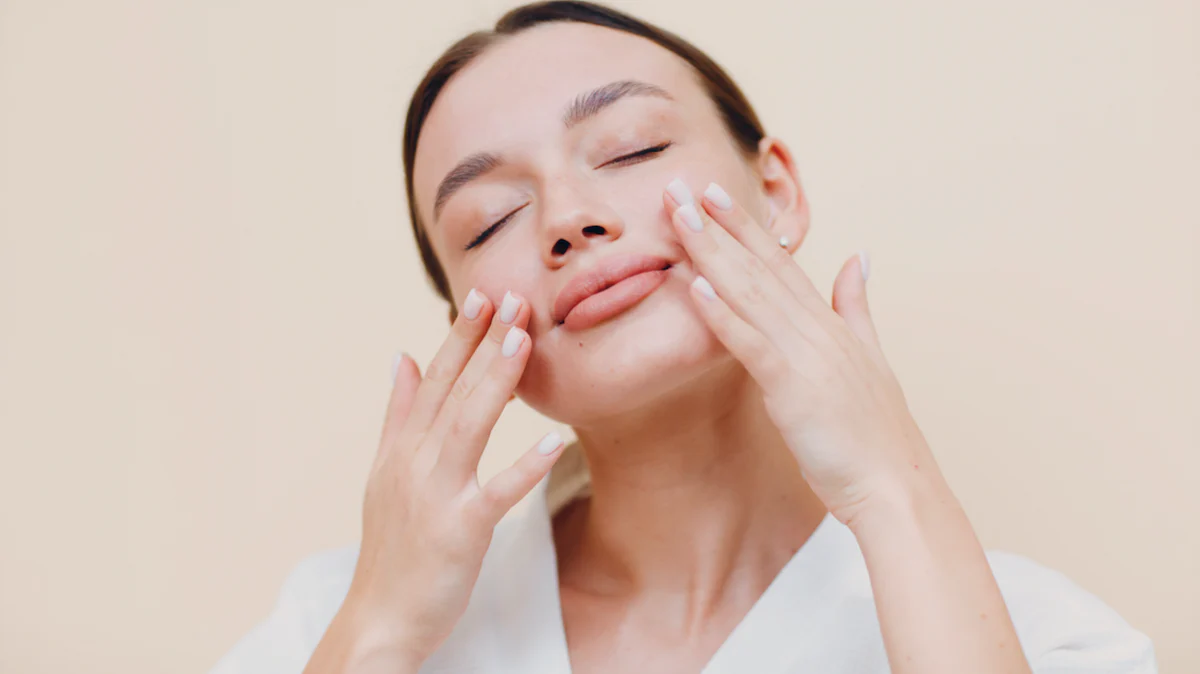
Gentle Facial Massage to Maintain Shape
Did you know that light, strategic massage can help your fillers settle evenly and last longer? While excessive rubbing can displace filler, proper techniques recommended by experts improve circulation, reduce swelling, and maintain natural-looking results. Here’s how to do it right—without risking lumps or unevenness.
How Massage Affects Filler Longevity
Facial fillers, especially hyaluronic acid (HA)-based ones, integrate gradually into the skin’s structure. Gentle massage in the first 48–72 hours post-treatment (if approved by your provider) can help smooth minor irregularities and encourage even distribution. A 2021 study in Aesthetic Surgery Journal found that patients who followed controlled massage protocols had 15% fewer touch-ups over 12 months compared to those who didn’t.
Key Benefits of Proper Massage:
- Reduces swelling and bruising by stimulating lymphatic drainage.
- Prevents lumpiness by ensuring filler spreads evenly.
- Enhances collagen production through gentle pressure, supporting long-term results.
Techniques to Follow (And Avoid)
| Area | Massage Method | Frequency | What to Avoid |
|---|---|---|---|
| Cheeks | Press lightly in upward circular motions | 2x/day for 3 days | Don’t press too hard—could displace filler |
| Lips | Roll fingertips along the vermilion border | 1x/day for 2 days | Avoid excessive stretching |
| Under-Eyes | Tap gently with ring finger (no rubbing) | 1x/day for 1–2 days | Never massage aggressively—risk of migration |
When to Start (And Stop) Massaging
- First 24 hours: Avoid touching treated areas unless your injector advises otherwise.
- Days 2–3: Begin very light massage if no swelling or tenderness exists.
- Beyond 1 week: Stop massage unless correcting a specific issue (e.g., a small bump).
Pro Tip: Use a jade roller or chilled spoon to reduce swelling before massaging. Cold therapy constricts blood vessels, minimizing bruising.
Why Over-Massaging Backfires
Pressing too hard or too often can break down filler faster by disrupting the HA matrix. A 2020 clinical review noted that excessive manipulation shortened filler longevity by up to 30% in some cases. Always follow your provider’s aftercare plan—what works for lips may harm under-eye fillers.
Final Advice: If unsure, ask your injector for a post-treatment demo. Many clinics offer free follow-ups to check on settling and recommend personalized massage techniques.
Avoid Sun Damage & Heat Exposure
Sun and heat are among the biggest enemies of dermal fillers—yet most people underestimate their impact. Research shows that UV exposure can break down fillers 25% faster, while excessive heat increases swelling and dehydration. Here’s how to protect your investment and keep results looking fresh for longer.
Why Sun & Heat Accelerate Filler Breakdown
Dermal fillers, particularly hyaluronic acid-based formulas, are highly sensitive to environmental stressors. UV rays trigger collagen degradation and oxidative stress, weakening the skin’s support structure and causing fillers to metabolize faster. A 2023 study in Dermatologic Surgery found that patients who skipped daily SPF saw their filler results fade 3–4 months sooner than those who practiced consistent sun protection.
Heat poses a separate challenge: it increases blood flow and inflammation, leading to:
- Faster filler dispersal (especially in lips and cheeks)
- Prolonged swelling or unevenness
- Dehydration, making skin appear dull and accentuating filler edges
Smart Protection Strategies
- Broad-Spectrum SPF Is Non-Negotiable
- Use a mineral sunscreen (zinc oxide/titanium dioxide) with SPF 30+—chemical sunscreens can irritate freshly treated skin.
- Reapply every 2 hours if outdoors. Fillers in sun-exposed areas (cheeks, nose) degrade fastest without this step.
- Avoid Direct Heat for 72+ Hours Post-Treatment
- Skip hot yoga, saunas, and steam rooms for at least 3 days—heat expands blood vessels, raising bruising risks.
- Even hot showers can worsen swelling. Opt for lukewarm water instead.
- Wear Protective Accessories
- A wide-brimmed hat blocks 97% of UV rays—far more effective than sunscreen alone.
- UV-blocking sunglasses prevent squinting, which can displace under-eye or temple fillers.
Long-Term Habits for Filler Preservation
- Nighttime Repair: After sun exposure, apply a soothing serum with aloe or panthenol to counteract inflammation.
- Avoid Tanning Beds Entirely—they emit UVA rays 12x stronger than the sun, drastically accelerating filler breakdown.
- Cooling Tools: Keep a facial mist (like thermal water) in your bag to refresh skin and minimize heat-related puffiness.
Did You Know?
Fillers in the lip area are most vulnerable to sun damage due to thinner skin. Patients who used SPF lip balm daily extended their results by 2–5 months, per a 2022 Aesthetic Plastic Surgery report.
Final Tip: If you love outdoor activities, schedule filler appointments in fall or winter—less sun/heat means easier aftercare and longer-lasting effects.

